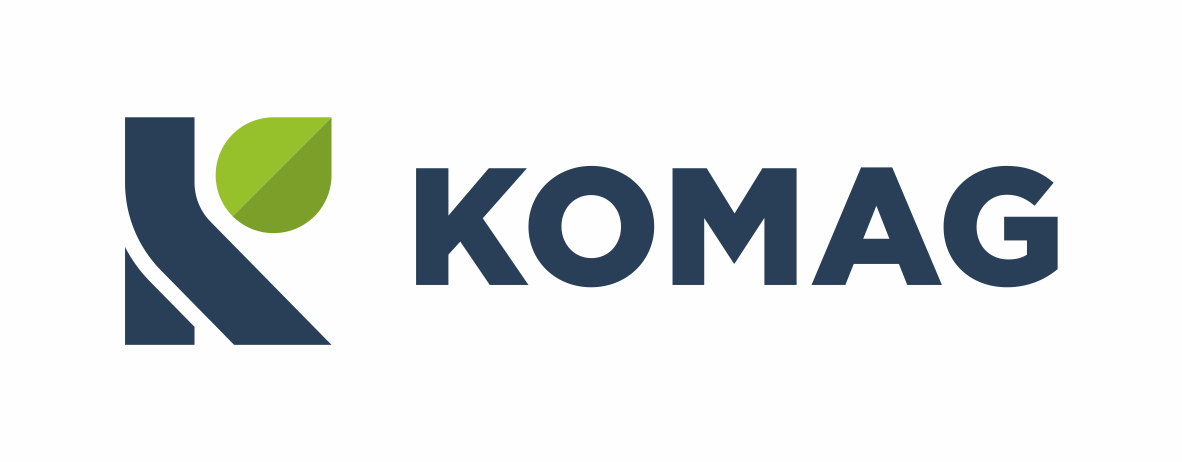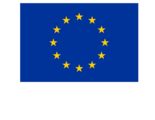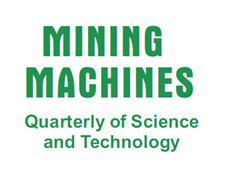Vibration-and-acoustic diagnostics of rolling bearings technical condition
Tomaszewski J.
Field of activity and research possibilities of the Laboratory of Applied Testing in the KOMAG Centre
Orzech Ł.
Advance in technology of mechanical coal processing in the Polish mines
Dubiński J., Turek M., Aleksa H.
Water pulsating jigs of the KOMAG type for minerals washing
Osoba M.
Efficiency of three-product washing process on KOMAG jigs together with modernized receiving system on the example of Rydułtowy-Anna Colliery
Będkowski Z., Skruch B.
Assessment of IZ-12 flotation machine on the basis of wetting surface tension measurements
Lenartowicz M., Sablik J.
Construction of mining machines with use of the subassemblies previously exploited – new trends, is the designing process finished?
Meder A., Kaczmarczyk J.
A concept of feeding the dust and stoker fired boilers with a mixture of hard coal with waste materials, developed by the KOMAG Centre
Matusiak P., Pietrasik E., Szkudlarek Z.
PN-EN ISO/IEC 17025:2005 Standard as the formal basis to confirm a technical competence of the Laboratory of Applied Testing
Zając R.
Polish mining industry in European Research Projects
Hordyniak E.
Vibration-and-acoustic diagnostics of rolling bearings technical condition
Tomaszewski J.
S u m m a r y
Methodology of diagnosing the rolling bearings technical condition on the basis of analyzing the vibration-and-acoustic spectrum measured on bearings casing was presented. Types of rolling bearings damages with a short description were given as well as a diagnostics table of criteria, which enable to identify the places of damages occurrence was shown. The described method has a universal character and can be used for diagnosing of technical condition of bearings in any rotational machine operating in any of industrial branches.
Field of activity and research possibilities of the Laboratory of Applied Testing in the KOMAG Centre
Orzech Ł.
S u m m a r y
Development of the Laboratory was presented and its technical testing abilities were given. An attention was drawn to the quality system which is in force in the Laboratory by presentation of its preparation to accreditation.
Advance in technology of mechanical coal processing in the Polish mines
Dubiński J., Turek M., Aleksa H.
S u m m a r y
Changes in technology of mechanical coal processing in Poland were characterized in the paper. An attention was drawn to the present requirements of power industry, coke industry and export as regards the quality of coal, which conditions the preset state of coal processing technology. Directions of coal processing modernization which are a reaction for increasing press from ecology, economy and work safety were presented. The advance in coal processing technology, observed in last decades, includes main washing operations and concerns technological solutions of machines and equipment as well as chemical agents that support the process. Many of that solutions were implemented in modernization projects in mechanical coal processing in the Polish hard coal mines, in which Central Mining Institute is involved from many years.
Water pulsating jigs of the KOMAG type for minerals washing
Osoba M.
S u m m a r y
New application of water pulsating jigs of the KOMAG type in aggregates industry in processes for gravel and sand recovery with a simultaneous separation of organic mineral impurities. Structure and principle of operation of the jig used for minerals washing was described. Main design changes implemented after testing were presented.
Efficiency of three-product washing process on KOMAG jigs together with modernized receiving system on the example of Rydułtowy-Anna Colliery
Będkowski Z., Skruch B.
S u m m a r y
Efficiency of three-product washing process on KOMAG jigs together with modernized receiving system was describe on an example of “Rydułtowy-Anna” Colliery. Special attention should be paid on the project realized in Rydułtowy-Anna” Colliery RI, not only because of wide work front or participation of few sub-contractors to realize some special tasks but first of all due to a close collaboration of KOMAG’s specialists with EMAG both at the stage of preparation of initial technical assumptions and at the stage of startup operations.
Assessment of IZ-12 flotation machine on the basis of wetting surface tension measurements
Lenartowicz M., Sablik J.
S u m m a r y
Surface tension during wetting of coal grains which flotate in one cell of IZ-12 floater after another as well as contribution of hydrophilic grains in each product were studied. The method of fractional surface flotation (FFP) was used to determine the surface tension during wetting of coal grains. It was found that use of fractional surface flotation and analysis of distribution of surface tension during wetting of coal grains in concentrates along the IZ-12 flotation machines enables an assessment of used technology and technological efficiency of the flotation concentrator.
Construction of mining machines with use of the subassemblies previously exploited – new trends, is the designing process finished?
Meder A., Kaczmarczyk J.
S u m m a r y
Mining machines producers use the subassemblies, which were previously used, in their products planned to be used in mining plants. The genesis of that process, as well as the process itself were presented in the light of changing law regulations, due to the process of harmonization of Polish law with European Union law. The methodology of proper realization of that process was suggested.
A concept of feeding the dust and stoker fired boilers with a mixture of hard coal with waste materials, developed by the KOMAG Centre
Matusiak P., Pietrasik E., Szkudlarek Z.
S u m m a r y
On the basis of studies, the method for thermal utilization of wastes, consisting of co-incineration of fuel mixtures in existing power boilers was developed. Installations were designed for three groups of materials which will make two-component mixtures with coal: rubber from scrap tyres, sewage wastes (sewage slurry dewatered mechanically and thermally dried out), RDF fuel gained from burnable fraction of municipal wastes. Rubber due to its properties can be co-incinerated only in stoker fired boilers. The existing installations of power plants are suggested to be used for thermal utilization of wastes. Such installation are the dust and stoker fired boilers equipped with technically advanced system for wet and semi-wet off gases desulfurization, so they can meet European emission standards. Feeding system for wastes to be burned is the problem to be solved.
PN-EN ISO/IEC 17025:2005 Standard as the formal basis to confirm a technical competence of the Laboratory of Applied Testing
Zając R.
S u m m a r y
Certification of quality system which bases on PN-EN ISO 9001:2001 even if concerns the realized range of tests is not a full confirmation of laboratory competence to produce reliable data and results. The PN-EN ISO 9001:2001 requirements are universal and can be applied for any organization, but requirements developed in collaboration of three organizations ISO, CEN, IEC in the PN-EN ISO/IEC 17025:2005 Standard entitled: “General requirements for research and testing laboratories” can be just applied in research and testing laboratories. Despite that fact, according the way for getting accreditation form many laboratories would be easier by implementation of the PN-EN ISO 9001:2001 quality system and enables the organization to involve in quality system problems.
Polish mining industry in European Research Projects
Hordyniak E.
S u m m a r y
Coal and Steel Research Fund is a continuation of European Coal and Steel Community, which was the first initiative of European Union after the II World War. Participation in that Fund, i.e. in its Research Programme, is a chance for the Polish organizations, connected with mining industry, to appear in the European Research Area and for starting a collaboration with leading European R & D organizations and to get a financial support for further development of that sector.





 Badanie bezpieczeństwa wyrobów
Badanie bezpieczeństwa wyrobów Klaster Maszyn Górniczych
Klaster Maszyn Górniczych